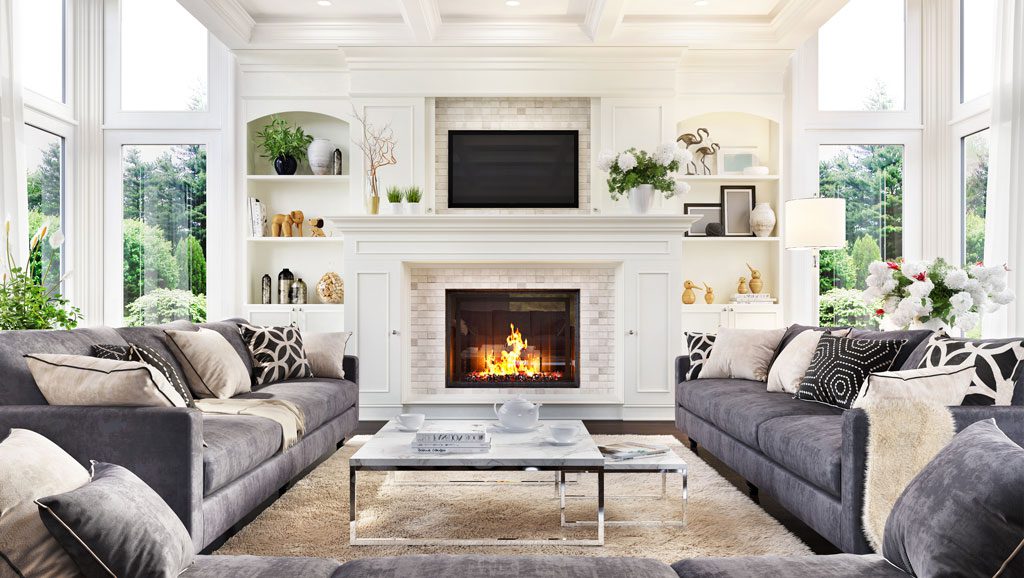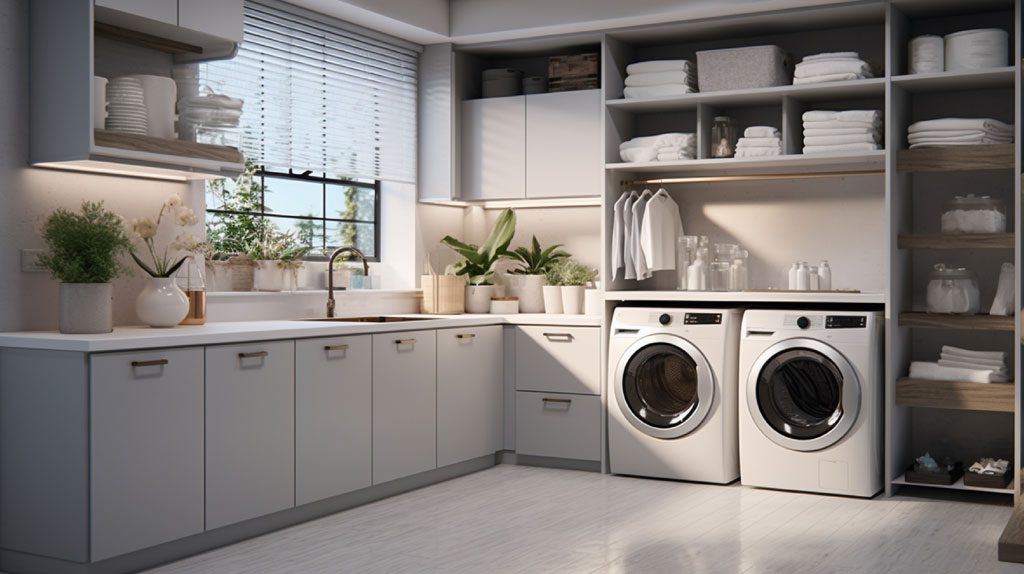Posts Tagged ‘Home Organization’
10 Keys to a Well-Functioning House
The design of a house can have a profound effect on how we feel, but we often attribute this to aesthetics. In fact, it’s about so much more including creating a well-functioning house. Good design should enhance our experience of a space, and the way a room looks is almost the icing on the cake.…
Read More10 Principles of Organizing That Work in Every Room
Article originally from HOUZZ Getting your home organized is a great feeling but figuring out where to start can be overwhelming. Keep the process simple by zeroing in on these 10 principles of organizing, which can be applied to any space, anytime. Get to Know Active vs. Passive Zones Active zones are the spots in…
Read More

